When Bajrangi Bhaijaan hit cinemas on 17 July 2015, it broke barriers and box office records, while also bringing people together. In a Bollywood industry known for spectacle, this unexpected gem stood out for its simplicity, sincerity and unshakeable belief in the goodness of people.
At its heart was the story of a devout Hindu man in India who embarks on a dangerous journey to reunite a lost, mute Pakistani girl with her family across the border. A plot that could have courted controversy instead won hearts in both countries. With India and Pakistan once again locked in conflict, the film’s message of harmony feels more relevant than ever. It reminds us of a softer truth – that empathy and the human spirit can triumph over enmity and division.
Eastern Eye marks the Salman Khan starrer’s 10th anniversary with 20 fascinating facts about the beloved Hindi cinema entertainer.
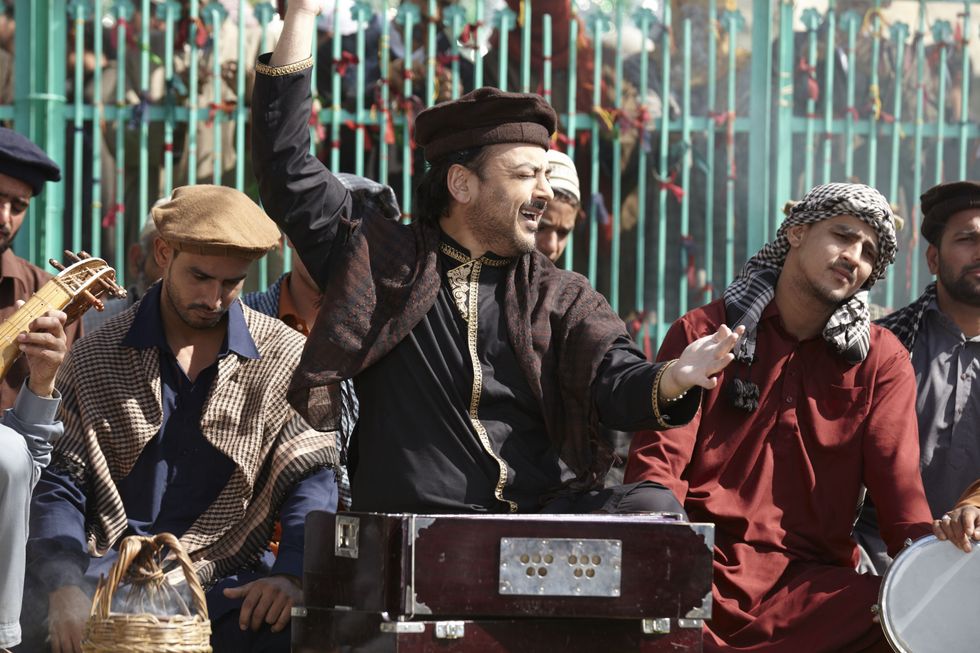
1. The film’s writer, V Vijayendra Prasad, also wrote Baahubali: The Beginning, the pan-Indian blockbuster released the same year. Although he claimed Bajrangi Bhaijaan was influenced by a real story, the plot closely resembles the 2006 Kannada film Kallarali Hoovagi, which follows a man from a Hindu kingdom who escorts a girl safely to a neighbouring enemy Muslim kingdom.
2. Reports say Hrithik Roshan and Aamir Khan were considered for the lead by other filmmakers. Director Kabir Khan explained why he chose Salman Khan: “First, I saw an intensity in him that hadn’t been articulated before. Second, Salman’s chemistry with children is sheer and pure magic – and it is not for show.”
3. Although a large portion of the story is set in Pakistan, all of the filming took place in India, including locations in New Delhi, Kashmir, Rajasthan and Mumbai.
4. AR Rahman was initially approached to compose the music but did not sign on. Pritam was then brought in to create the songs.
5. The hit song Bhar Do Jholi Meri is an adaptation of a qawwali originally sung by the legendary Sabri Brothers. It also marked Adnan Sami’s return to the screen after 20 years. His previous appearance was in the 1995 Pakistani film Sargam, where he played the lead.
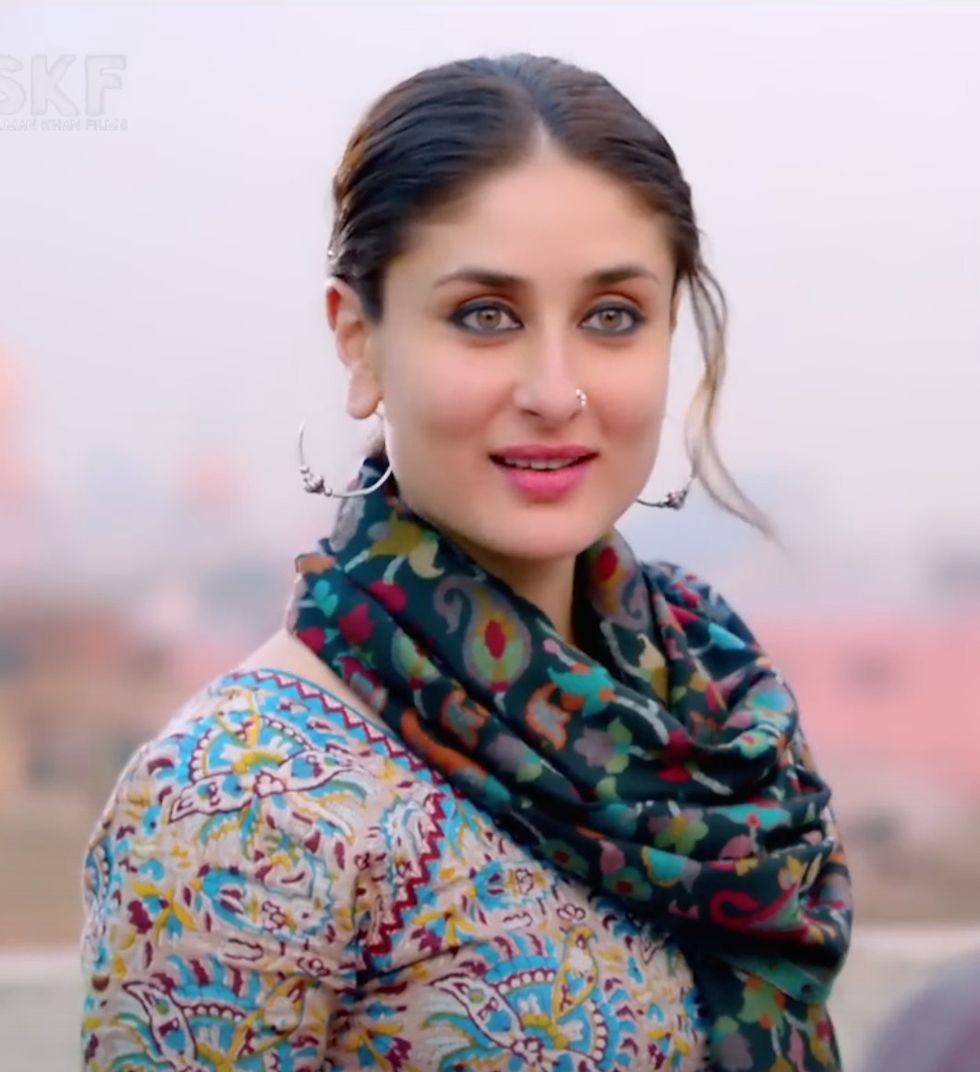
6. Nawazuddin Siddiqui’s character, Chand Nawab, was not part of the original script. He was added after a video of the real Pakistani journalist of the same name went viral. The comical real Chand Nawab enjoyed renewed fame after the film's release.
7. Emraan Hashmi was originally considered for the Chand Nawab role but opted out.
8. More than 1,000 girls auditioned for the role of the mute child. Six-year-old Harshaali Malhotra was eventually selected. She earned critical acclaim and became the youngest-ever nominee for Filmfare’s Best Female Debut award.
9. Salman Khan was initially only attached to the film as an actor but later decided to produce it. It became the first commercial blockbuster he headlined as a credited producer.
10. Kangana Ranaut claimed she turned down the film because the role was not substantial enough, though this was never confirmed by the producers. Kareena Kapoor Khan accepted the part readily, stating that the story was the true hero of the film.
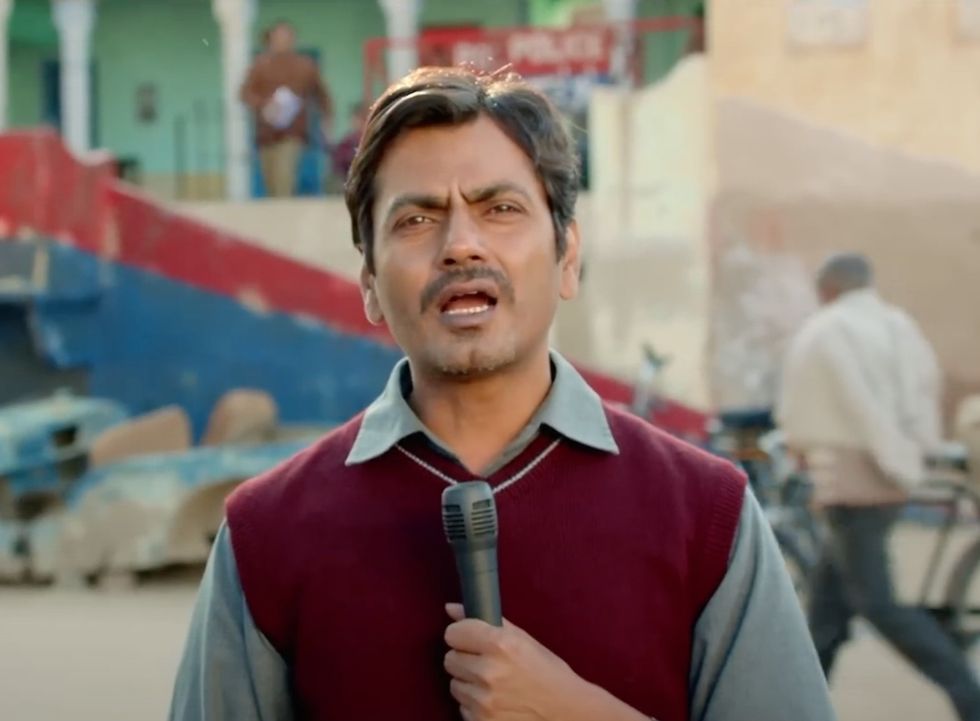
11. After filming wrapped, Salman Khan bought two horses and named them Bajrangi and Bhaijaan as a tribute.
12. The film was released on 4,500 screens in India and nearly 1,000 overseas – including in 50 countries. A 19-minute shorter version was released in China in 2017, where it became a huge box office success.
13. In Pakistan, the film was released with multiple cuts but still proved popular. Kabir Khan said, “I’m told people there really liked the film because we didn’t talk down to them or patronise them.”
14. An action-adventure mobile video game based on the film was released.
15. Bajrangi Bhaijaan was the highest-grossing Bollywood film globally in 2015. It earned more than double the collections of major releases that year, including Dilwale, Prem Ratan Dhan Payo and Bajirao Mastani.
16. The film won multiple awards, including the National Award for Best Popular Film Providing Wholesome Entertainment.
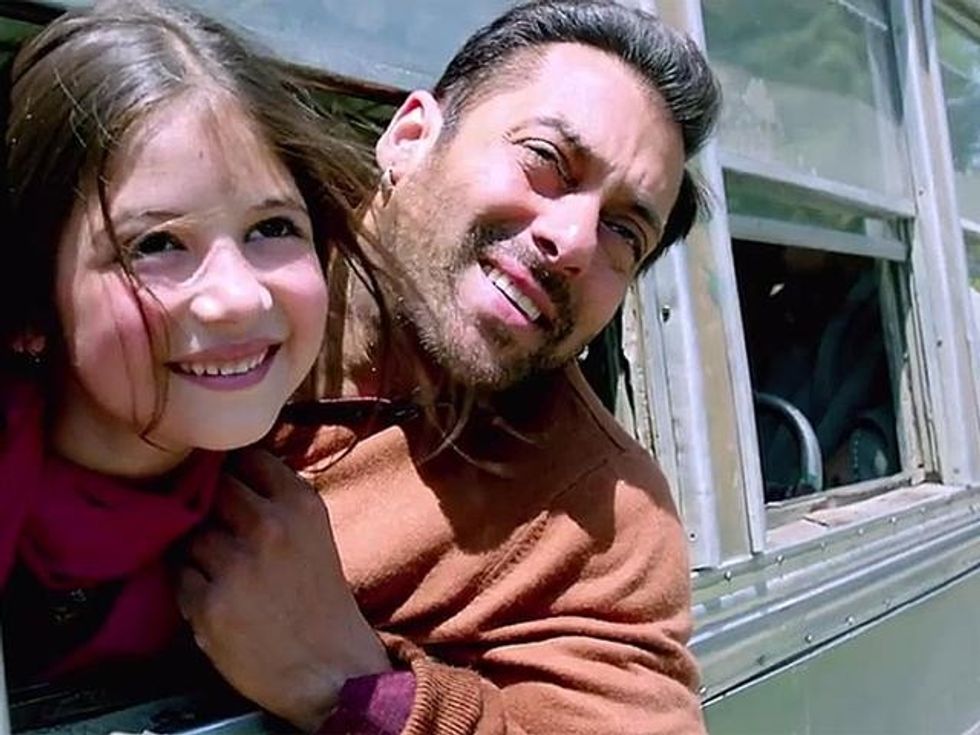
17. Aamir Khan said he cried while watching Bajrangi Bhaijaan, calling it the best performance and film of Salman Khan’s career. Rishi Kapoor also admitted to crying after seeing the actor’s performance.
18. Salman Khan has often referred to Bajrangi Bhaijaan as one of his favourite films and the role he is proudest of.
19. Talks of a sequel have surfaced multiple times, with the writer, director and lead actor all expressing interest. However, they have yet to find a story strong enough. The working title is reportedly Pawan Putra Bhaijaan.
20. Director Kabir Khan collaborated with Salman Khan on three films – Ek Tha Tiger (2012), Bajrangi Bhaijaan (2015) and Tubelight (2017). Of the three, Bajrangi Bhaijaan remains their most successful critically and commercially. Kabir said: “It’s been 10 years. It’s a film that never stops giving. I’ve just seen love for that film growing with each passing year, and I’m really happy that it continues to get the kind of love from people.”
Ten years on, Bajrangi Bhaijaan remains a rare Bollywood gem – a film that combined a megastar’s charisma with a story full of innocence, integrity and interfaith empathy. It was not just a box office triumph, but a cultural moment that reminded audiences of the power of kindness, even in divided times. In today’s fractured world, the story of a man crossing borders just to return a little girl home feels more urgent and moving than ever.
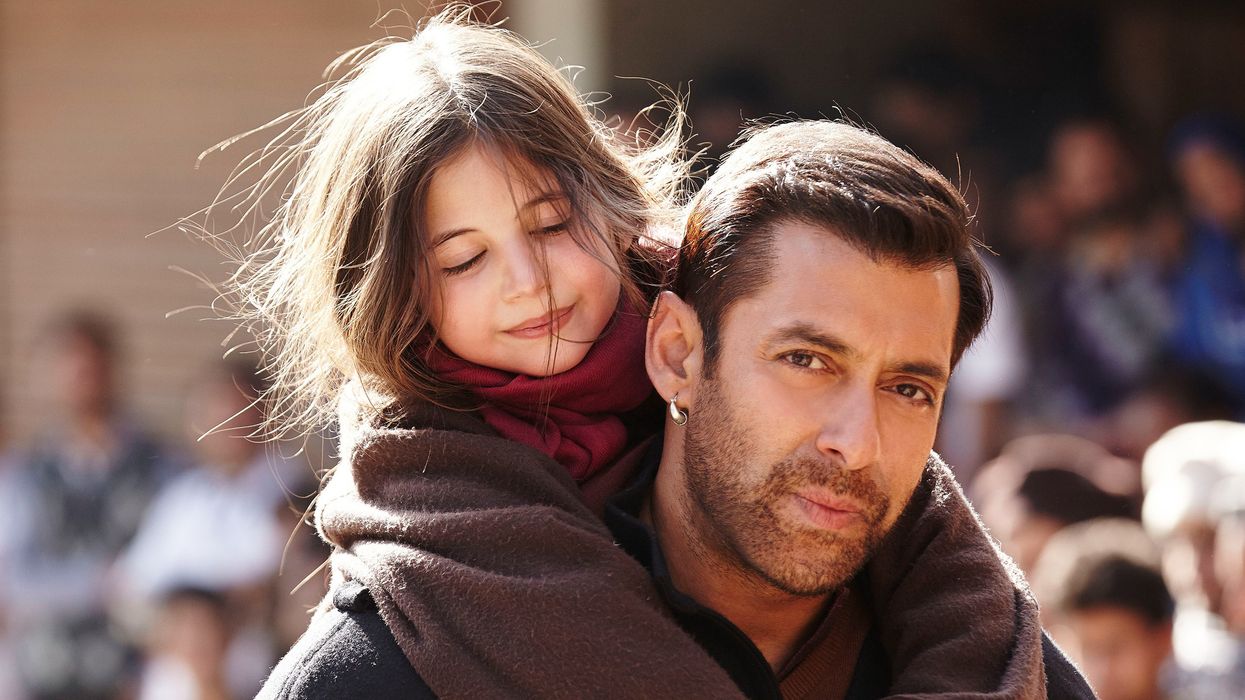
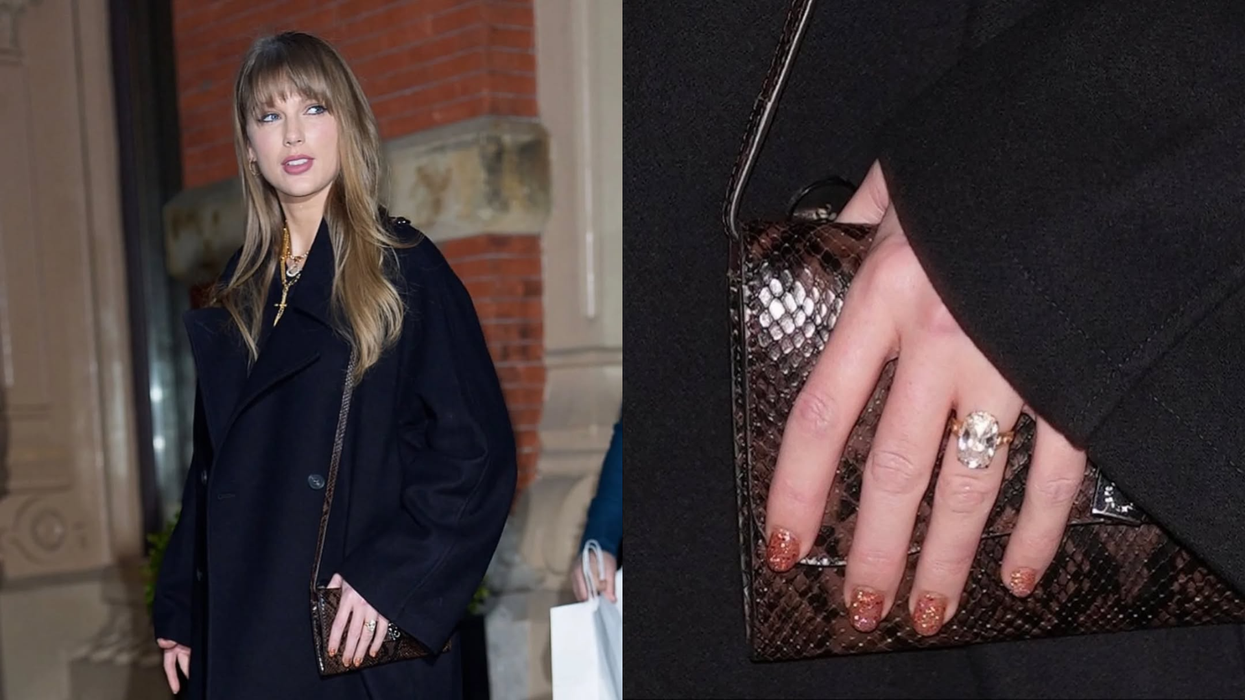
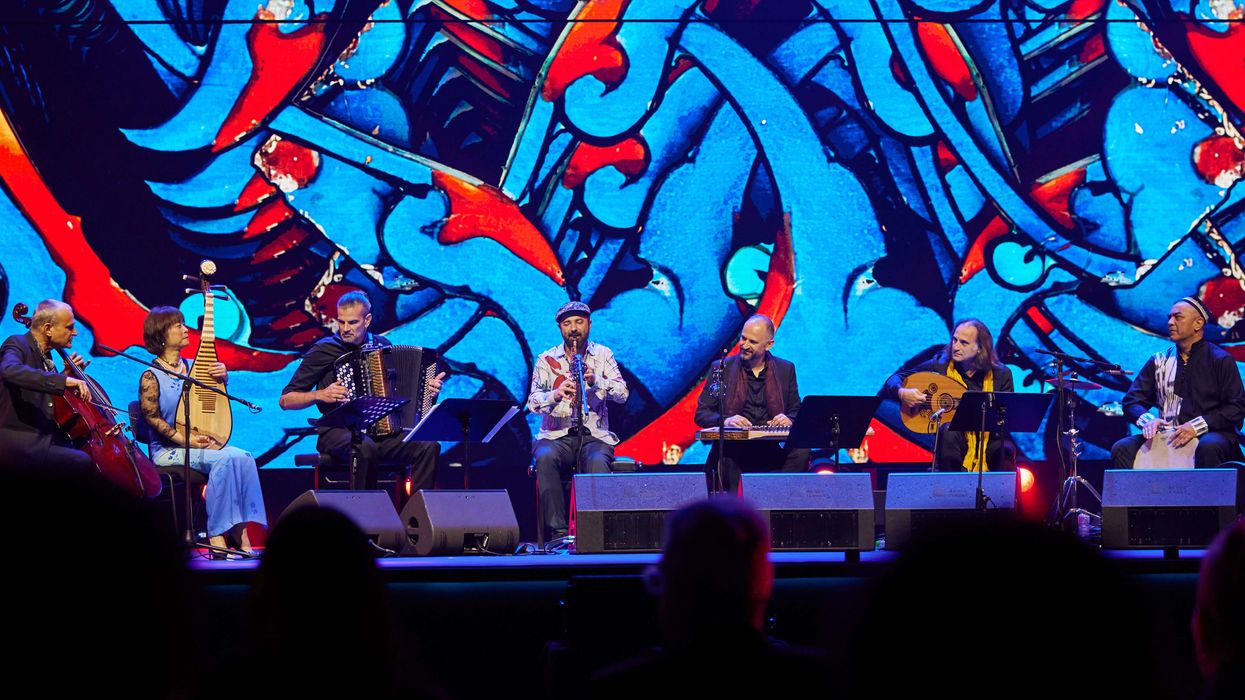
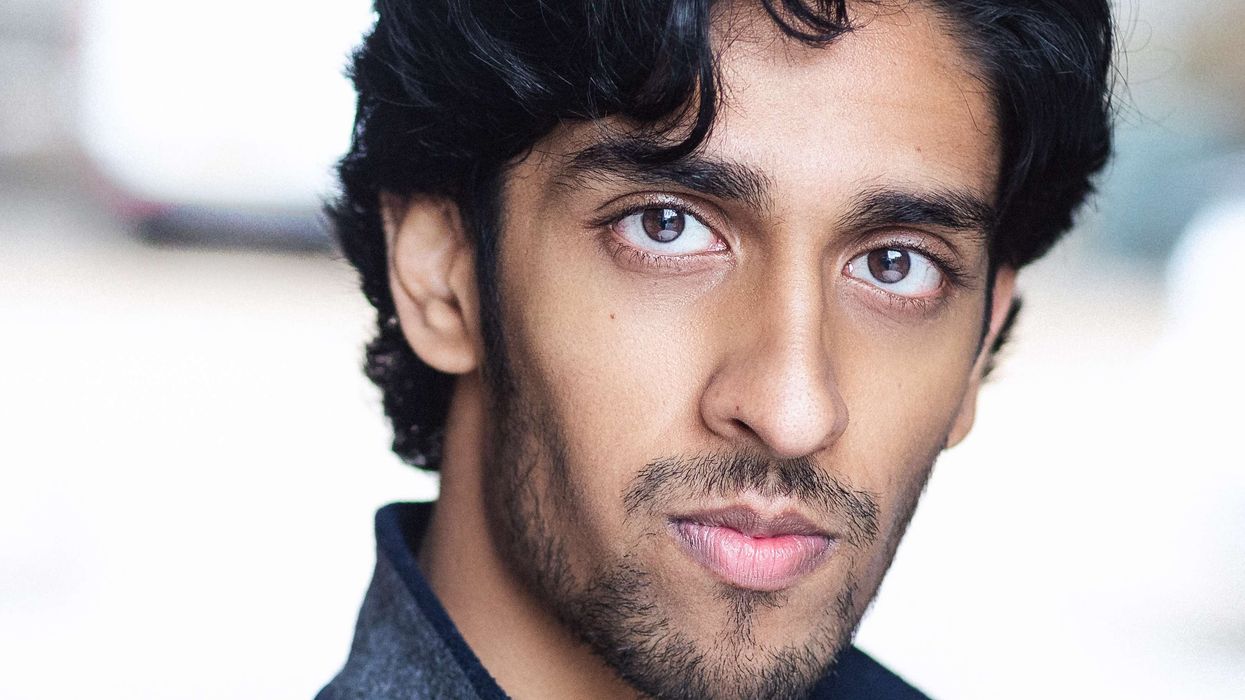
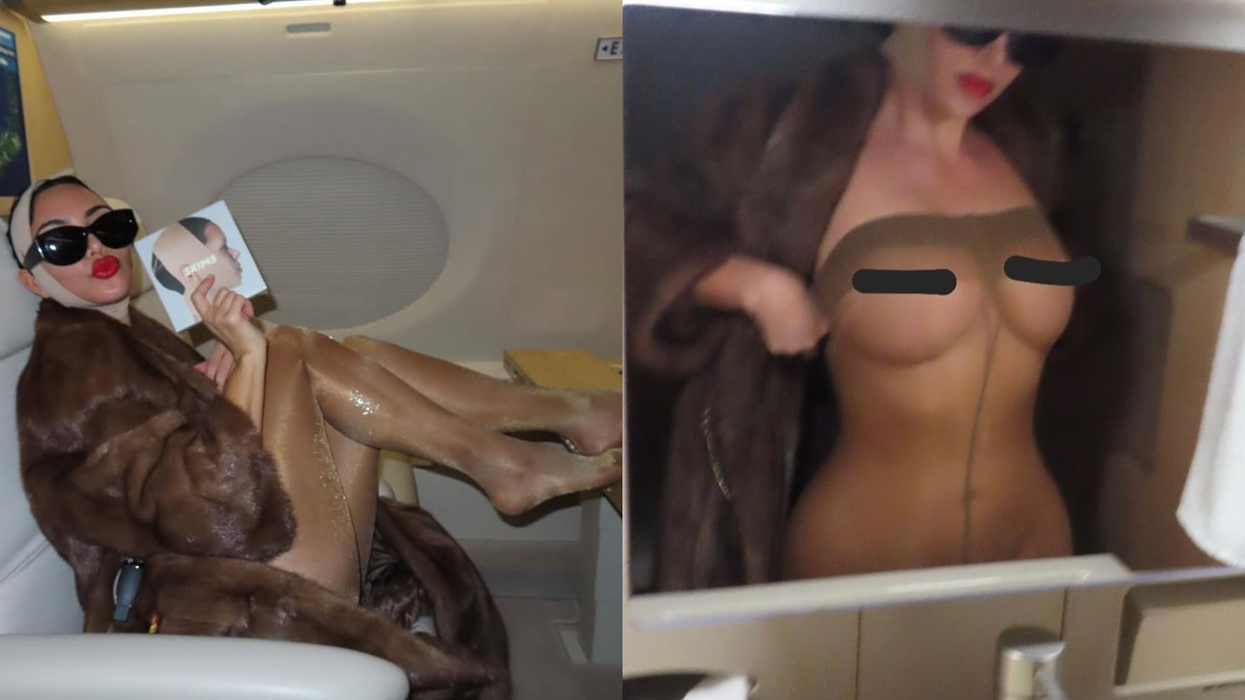
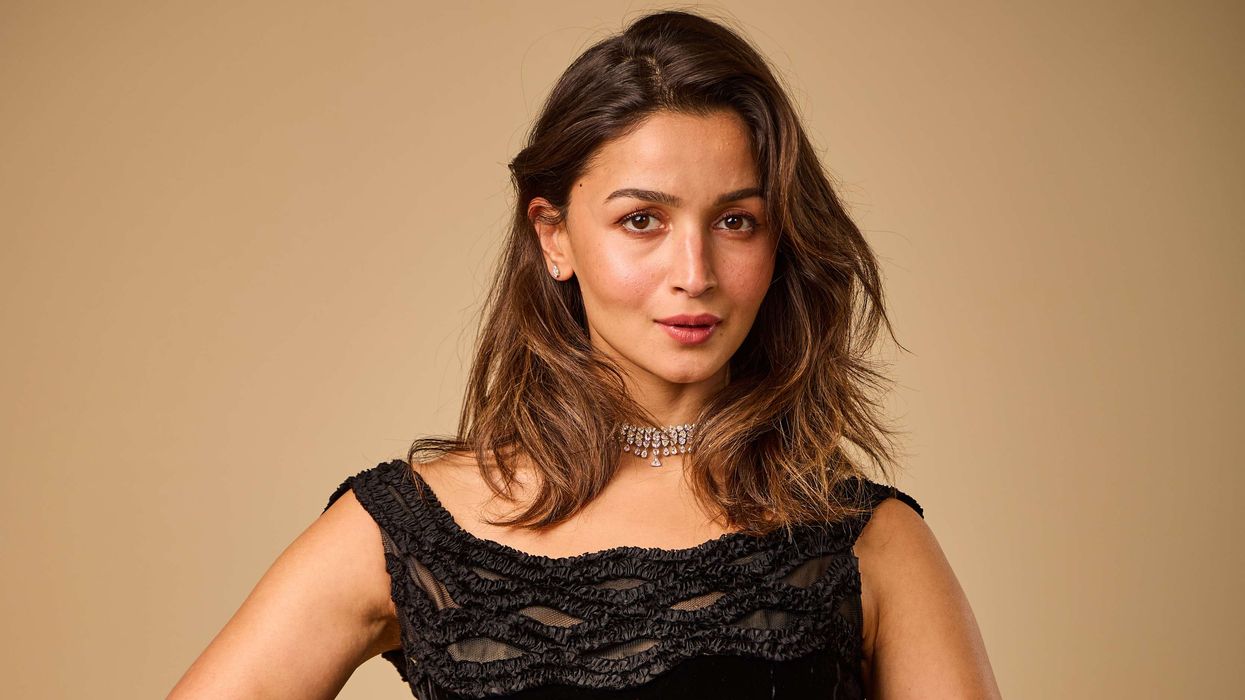
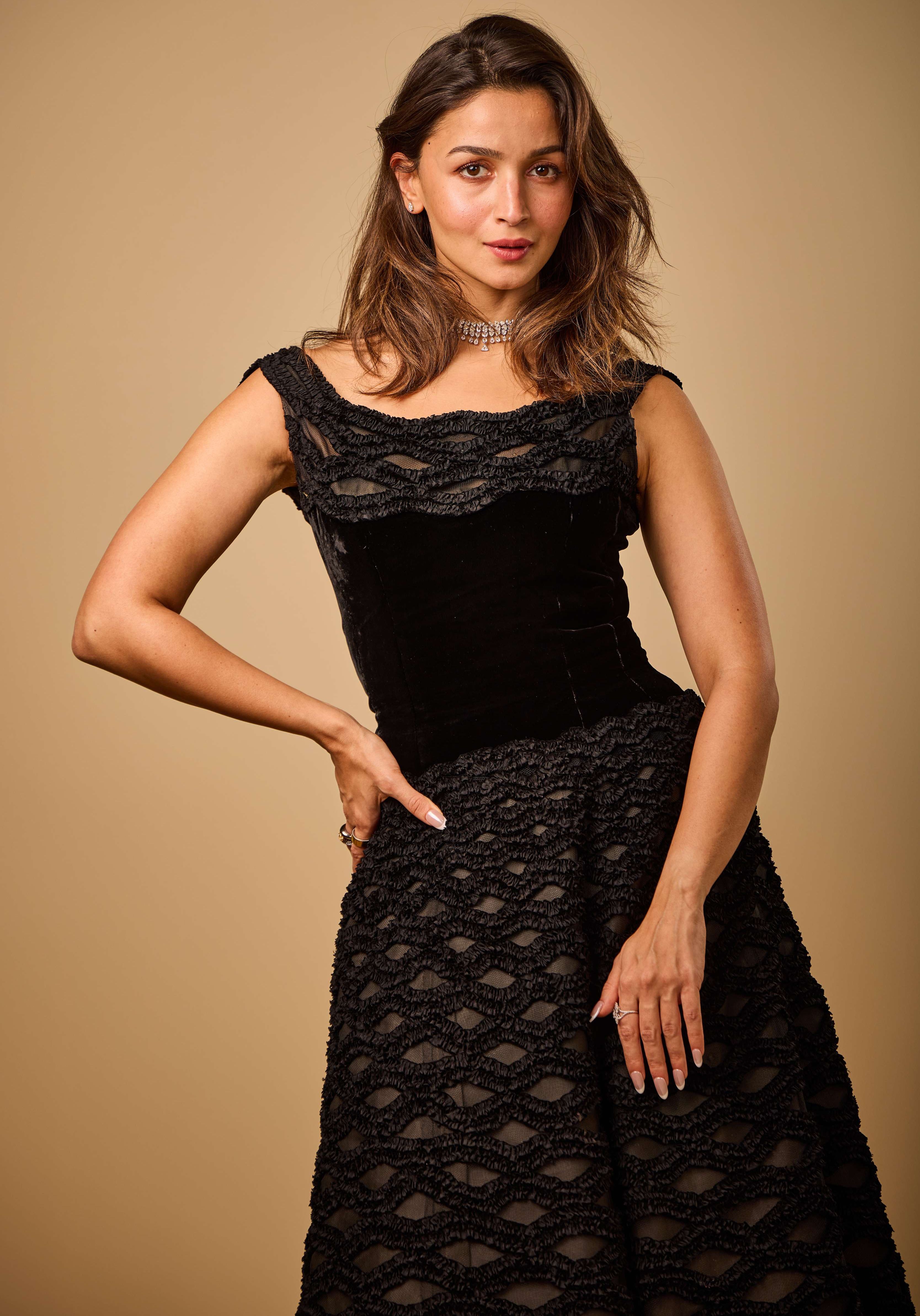 Alia Bhatt at the Red Sea Film Festival where she spoke about the scale of Alpha Getty Images
Alia Bhatt at the Red Sea Film Festival where she spoke about the scale of Alpha Getty Images 





